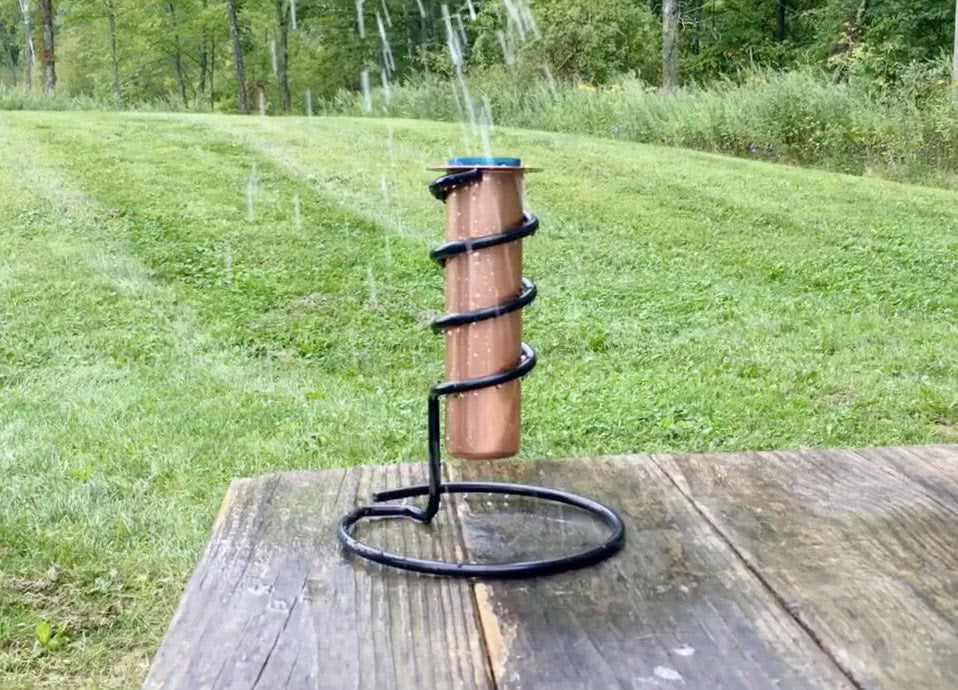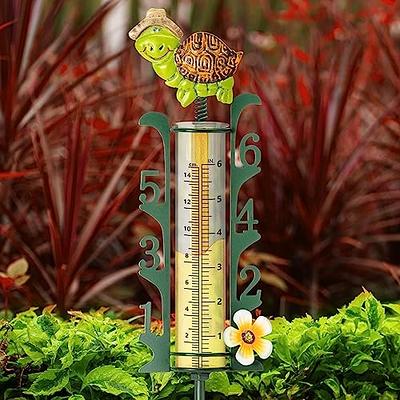The Rain Gauge: A Comprehensive Overview to Accurate Climate Dimension
The Rain Gauge: A Comprehensive Overview to Accurate Climate Dimension
Blog Article
Understanding Rain Scale Measurements: A Full Guide
Recognizing Rainfall Gauge Dimensions: A Complete Overview is a detailed source for any person looking for a much deeper understanding of rainfall gauge measurements. Whether you are a specialist in the area or merely have an inquisitiveness concerning rains dimension, this overview will certainly outfit you with the knowledge needed to successfully make use of rain scale measurements.
The Significance of Rainfall Scale Measurements
The significance of rain gauge measurements hinges on their function as a critical device for precisely assessing and monitoring rainfall degrees - The Rain Gauge. Rainfall gauge dimensions give useful data that helps meteorologists and hydrologists understand patterns and patterns in rainfall, which subsequently help in various areas such as agriculture, water resource management, and climate research

Accurate rainfall measurements are essential for farming as they assist in establishing irrigation needs, crop development, and yield predictions. Farmers rely upon this information to make informed decisions concerning when to sprinkle their crops, stopping water waste and ensuring ideal plant wellness. In addition, rains data assists in assessing the influence of dry spells or too much rainfall on plant manufacturing, allowing farmers to take ideal steps to reduce losses.
Water source monitoring heavily depends on rain scale dimensions to figure out the quantity of water available in rivers, storage tanks, and lakes. Exact measurements allow water supervisors to make enlightened decisions regarding water allotment and circulation, guaranteeing sustainable usage and preventing lacks. This details is specifically crucial in areas where water deficiency is a pushing concern.
Additionally, rain gauge dimensions play a crucial duty in climate research study. By accurately determining rains over expanded periods, researchers can analyze long-term environment patterns and determine modifications in precipitation patterns as a result of environment modification. This data helps policymakers and researchers create methods to adapt to and mitigate the results of environment modification.
Sorts Of Rainfall Gauges
There are various sorts of rainfall determines made use of to determine precipitation accurately. Each type has its own advantages and constraints, making them appropriate for different purposes and settings.
One of the most common sort of rainfall gauge is the standard round scale. It contains a round container with a wide funnel-shaped top to collect rainwater (The Rain Gauge). The water is after that funneled into a graduated gauging tube, allowing for accurate measurement of the quantity of rains
One more type is the evaluating rainfall gauge. Evaluating rain assesses are specifically helpful in locations with frozen precipitation or hefty rainfall, as they are not impacted by spraying or evaporation.
Tipping bucket rain determines utilize a device that suggestions a tiny pail each time it accumulates a particular amount of rain. The variety of suggestions is tape-recorded and used to calculate the rains. This sort of gauge is typically used in automated weather terminals as a result of its low upkeep demands and capacity to provide real-time information.
Finally, there are radar-based rainfall gauges that usage radar technology to estimate rainfall. These evaluates determine the strength of rainfall in a details location by assessing the reflected radar signals. They are particularly useful for determining rainfall over big locations or in remote areas.
Exactly How Rainfall Scale Measurements Work
Rain gauge dimensions are based upon the principle of collecting and gauging the amount of precipitation. These tools are created to catch rainwater and give a precise measurement of the rains in a details area.
The most typical type of rain scale is the common cylindrical gauge. It contains a round container with a large opening on top to collect rain. The collected water is after that funneled right into a determining tube, which is calibrated to offer the dimension in systems of length, usually inches or millimeters.
An additional kind of rain scale is the tipping bucket scale. When The Rain Gauge they get to a particular weight limit, it uses a seesaw-like device with two pails that tip. Each suggestion of the container stands for a particular quantity of rainfall, enabling specific measurements.
Some innovative rain assesses are geared up with digital sensors that instantly record and transmit information. These sensors utilize various modern technologies such as ultrasound or laser to determine the quantity of rainfall properly.
Aspects Impacting Rain Scale Precision
Ecological variables such as wind, temperature, and atmospheric pressure can substantially influence the precision of rain gauge measurements. Modifications in atmospheric stress can additionally impact the accuracy of rain scale measurements, as they can change the rate at which rainfall is collected.
Operational variables, on the other hand, refer to factors associated with the style, installment, and maintenance of the rain gauge. The positioning of the rain scale in an area with blocked air flow or near trees or structures can cause inaccurate readings because of obstruction or splattering of rainfall. In addition, inappropriate calibration or uneven maintenance of the rain scale can additionally influence its precision.
To make sure the accuracy of rainfall scale measurements, it is vital to consider these factors and take ideal procedures. This may involve selecting a proper location for the rainfall gauge, guaranteeing proper installation and upkeep, and on a regular basis calibrating the tool. By resolving these aspects, trusted and precise rainfall measurements can be gotten, which are vital for various applications such as weather projecting, hydrological research studies, and farming.
Tips for Precisely Measuring Rainfall
To make sure accurate rainfall dimensions, it is vital to implement certain techniques and methods when making use of a rain gauge. Below are some tips for precisely gauging rains:
Appropriate Positioning: Place the rain scale in an open area, far from why not try these out trees, structures, and various other obstructions that might interfere with the rainfall collection. It must be positioned on a degree surface to prevent water pooling or drainage.

Read the Range Correctly: When taking dimensions, reviewed the water level at eye degree from the bottom of the curve. Prevent parallax errors by aligning your sight directly with the water level.
Constant Time Interval: Set a consistent time period for gauging rains, such as every 24-hour or after each rains occasion. This guarantees precise monitoring and contrast of rainfall information.
Document Measurements Promptly: Tape-record rains dimensions asap after collection to avoid dissipation or splilling. Utilize a rain gauge with an integrated information logging function for automatic recording.
Verdict
In final thought, understanding rainfall scale measurements is crucial for precisely gauging rainfall. It is vital to consider aspects that can affect the precision of rain gauge dimensions, such as placement, evaporation, and wind.
Recognizing Rain Gauge Dimensions: A Full Guide is a detailed resource for anybody looking for a much deeper understanding of rain gauge measurements. Whether you are a specialist in the look at these guys area or simply have an interest concerning rainfall measurement, this guide will equip you with the understanding required to properly utilize rain gauge measurements.
The most typical kind of rainfall scale is the conventional round scale.The most usual type of rain gauge is the conventional round scale.Another type of rainfall scale is the tipping bucket gauge.
Report this page